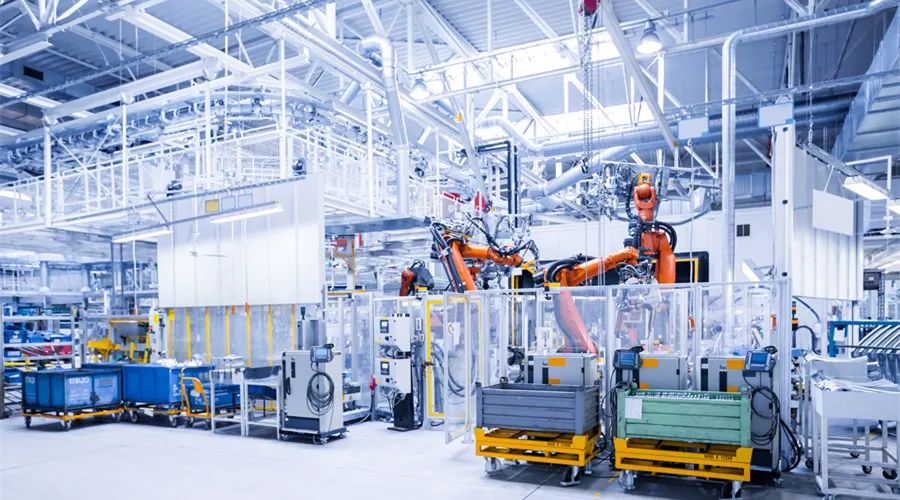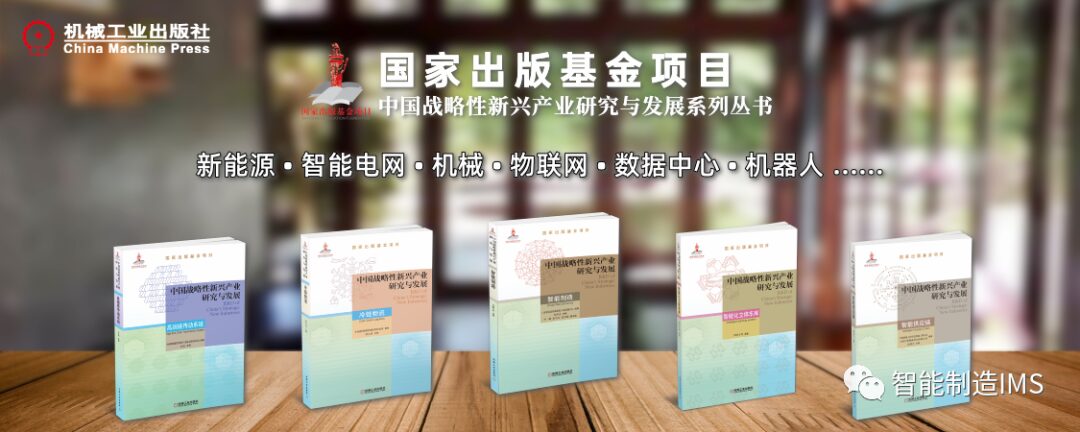

In the past few years, there has been a surge in the construction and application of Industrial Internet of Things (IIoT) in both traditional industries and emerging fields. Industrial IoT solutions integrate machines, cloud computing, analytics, and personnel to enhance the efficiency and productivity of manufacturing applications, achieving process digitization, transforming business strategies, improving efficiency, and eliminating waste.

Trends in Industrial IoT Technology Development
It is well known that the main technological fields of Industrial IoT encompass sensor technology, network interconnection technology, information processing technology, security technology, edge and cloud computing, among others. The rapidly developing technological areas include:
-
Edge Computing + Artificial Intelligence: The key to the success of Industrial IoT lies in empowering machinery with IoT connectivity. By adopting connected devices in production environments, companies can integrate these digital intelligent devices into their production processes while ensuring the normal operation of systems throughout the equipment’s lifecycle. The Internet of Everything means that massive amounts of data need real-time analysis and processing, making the combination of edge computing and artificial intelligence an important development trend.
-
Cybersecurity: In an interconnected environment, it is unimaginable what disasters could occur if edge intelligent devices were controlled by hackers. In fact, cybersecurity threats have hindered manufacturers’ investments in digital technologies, compelling them to allocate more budgets to ensure that any digital innovations pass security certifications in the foreseeable future.
-
Human-Machine Collaboration: Based on the above two trends, there will be an increasing number of human-machine collaboration scenarios. As devices become smarter, safer, and more reliable, collaborative robots based on Industrial IoT will become more widespread. Currently, automotive manufacturers are the largest consumers of industrial robots, but with the iteration of industrial interconnectivity, machine vision, and control technologies, collaborative robots will achieve breakthrough progress in manufacturing, logistics, and even service industries. The concept of “robot-as-a-service” will gradually gain acceptance.

Integration of Industrial IoT and Smart Manufacturing
Presents Three Major Trends
1. Data Collection from Equipment and Environment — From Point to Global
The IoT + Smart Manufacturing model: Normalizes data standards and, through protocol conversion, enables the unified collection and upload of data from devices of different brands and various environmental data to the same database. This allows for comprehensive analysis of all operational data and environmental data of the equipment in the same database.
2. Equipment Failure and Maintenance — From Passive to Proactive
The IoT + Smart Manufacturing model: Analyzes and compares operational data of equipment to predict potential failures in advance, inviting maintenance personnel from relevant manufacturers for replacements, and scheduling a two-hour proactive shutdown to minimize failure losses.
3. Reducing Maintenance Costs and Operating Risks
The IoT + Smart Manufacturing model: Allows operational data of equipment to be uploaded directly to the backend platform remotely, enabling targeted inspection arrangements, significantly reducing after-sales service costs; simultaneously, operational data can be analyzed on the platform for optimization, extending lifespan and reducing risks.

Typical Applications of Industrial IoT in Manufacturing
1. Digital Twin In manufacturing, defects and flaws in finished products increase costs and burden workers. Digital twins replicate products under development digitally. The industry modifies sensors to collect data about the entire operational process of their products and the performance required for each module. Managers can use the data obtained from the digital copy to assess the accuracy, performance, and reliability of the system. They can also detect potential inefficiencies in the products, helping to create better versions. Finally, digital twins simplify asset management and error management processes. They enable industries to predict baseline integrity and effectively meet deadlines.2. Smart Metering Thanks to IoT, smart meters for tracking water, electricity, and other fuels have also been introduced in manufacturing, energy, and other industries. IoT sensors allow businesses to assess specific usage and implement best practices for more efficient resource allocation. Small manufacturing plants can utilize customizable end-user analytics provided by industrial IoT companies to thoroughly analyze the effects of smart meter monitoring. They can also compare the prices, efficiency gains, and carbon footprints of various resources to integrate them appropriately into their advanced manufacturing processes.3. Supply Chain Management Globally, IoT devices monitor and track inventory management systems. Industries can track their supply chains by obtaining accurate data on existing resources. It contains information about ongoing work, equipment selection, and the due dates of required projects. Furthermore, IoT devices eliminate the need for manual reporting in operations and introduce Enterprise Resource Planning (ERP). They provide cross-channel insights to management and assist stakeholders in assessing the current situation. It reduces companies’ capital expenditures due to mismanagement and lack of research.4. Smart Packaging By integrating IoT sensors into products and packaging, manufacturers gain valuable insights into consumer habits and how goods are handled by different consumers. Product degradation during transportation, as well as the impact of weather, routes, and other environmental variables on products, can be tracked using smart tracking mechanisms. This provides information that can be used to redesign product packaging for better outcomes in consumer service and, in some cases, to reduce packaging costs.

According to a report by MotorIntelligence, the market value of the manufacturing IoT (IoT) was $175.3 billion in 2020 and is expected to reach $399.08 billion by 2026, growing at a compound annual growth rate of 14.76% during the forecast period (2021-2026). Over the past two decades, as the demand for traceability and transparency has increased, companies have begun to make the processes involved in their product manufacturing transparent. Data collection and analysis through industrial IoT devices have enabled manufacturers to achieve seamless connectivity throughout the entire process.
–THE END–
To submit, please click “Read the Original”
Source: Internet, if there are copyright issues, please contact us in time. The right of interpretation belongs to the original author. This article is recommended for reading by Intelligent Manufacturing IMS!


Long press to identify the QR code for more information
Previous Highlights
Understanding the 2021 Smart Manufacturing Typical Scenario Reference Guide
How to Keep R&D Teams Continuously Effective?
Tencent Chip First Public Release, What is the Current Status of “Self-Developed Chips”?
Digital Transformation of Enterprises, the Real Test is “Cloud Reconstruction Capability”
Focus丨 The Second Integration of Two Modernizations and Digital Transformation Conference Results Release: “Industrial and Information Technology Blue Book (2020-2021)”
Exploring the National Key Laboratory of Aerospace Precision Bearings: Making Foreign Peers “Alexander”
50 Years, China’s Answer Sheet!
Stimulating Digital Economy Potential, How Does China Make This Move?
Research on “Specialized, Refined, Unique, and New” Small Giants, Manufacturing Industry Champions, and Invisible Champions
Tsinghua University Announces New Achievements, First Domestic Chip Key Equipment Mass Production
Chinese Industrial Robots Have Sounded the Horn of “Strategic Offense”
New Book Recommendation|”Research and Development of Strategic Emerging Industries in China · Smart Manufacturing”
Xiao Yaqing: Promote Fair Competition and Promote Healthy Development of SMEs